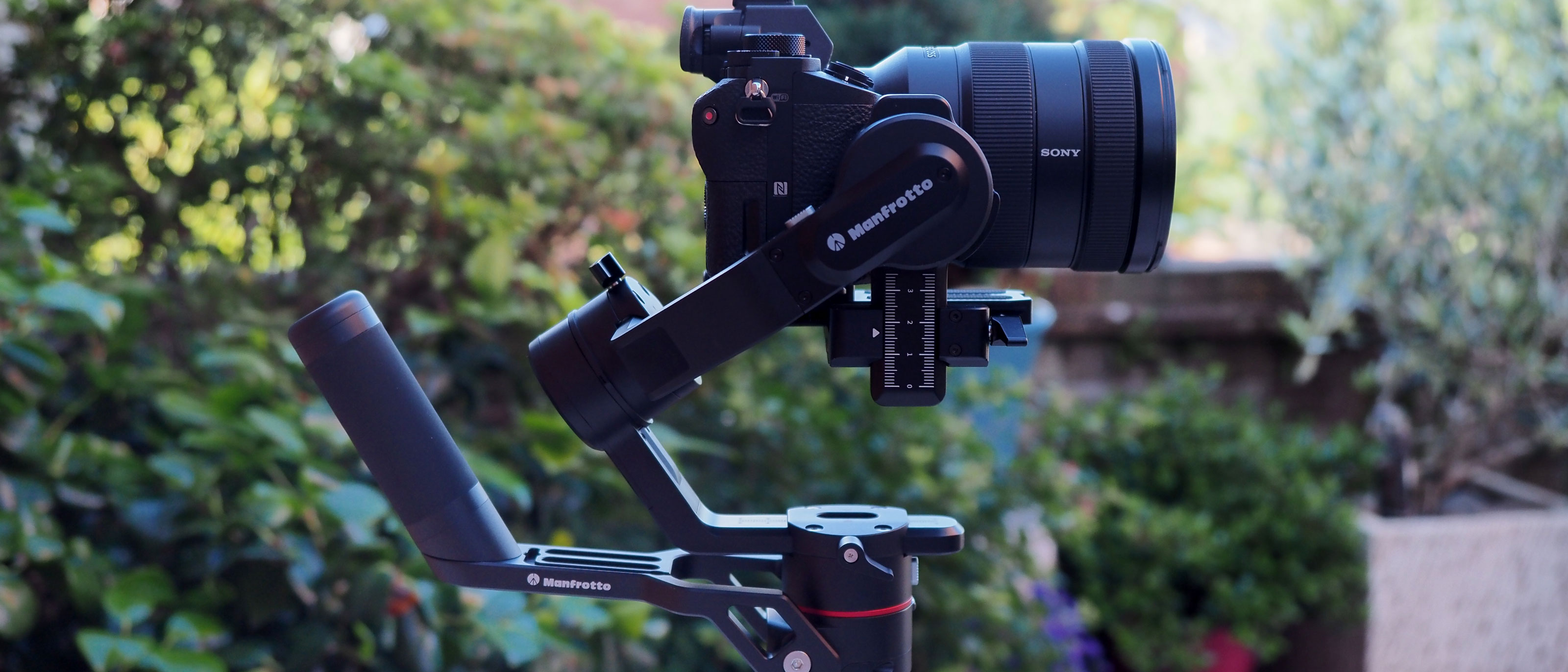Digital Camera World Verdict
The Manfrotto MVG220 has a few rough edges, mostly in details like the axis lock switches and stiff balancing adjustments, but once set up it feels like a strong, sturdy gimbal and captures nice smooth camera movements. Best of all, a second bolt-on handle is included which transforms the handling experience, especially with heavier camera/lens combinations.
Pros
- +
Sturdy feel
- +
Second bolt-on handle
- +
Smooth camera movements
- +
Smooth, multi-function control wheel
Cons
- -
Pretty basic control app
- -
Loose-feeling axis lock switches
- -
Stiff and awkward balancing adjustments
Why you can trust Digital Camera World
The Manfrotto MVG220 is the smaller of the two gimbals sold by Manfrotto, with a payload of 2.2kg. There is also an MVG460 which can handle a payload of 4.6kg. You would need to be using some pretty heavy-duty filmmaking equipment to need that larger 4.6kg payload, and the MVG220 tested here should be fine for the average Mirrorless Camera/lens combo, even with a microphone.
We say ‘sold’ by Manfrotto rather than ‘made’ by Manfrotto, because the MVG220 bears more than a passing resemblance to the FeiyuTech AK2000, while the larger MVG460 is not unlike the heavy-duty FeiyuTech AK4500. That’s not a problem as far as we’re concerned – Manfrotto has a good global distribution and support network, and if a gimbal is good, you probably don’t care whose name is on it, right? The MVG220 is very good value, so you’re not paying extra for the brand name.
Specifications
Weight: 1.1 kg
Dimensions: 7.1 x 20.9 x 35 cm
Payload: 2.2 kg
Tilting Angle: 230 °
Rolling Angle: 360 °
Panning Angle: 360 °
Power: Li-Ion, USB charging, charging time 1.5hrs
Battery life: Up to 7 hours
App: Manfrotto Gimbal App
Key features
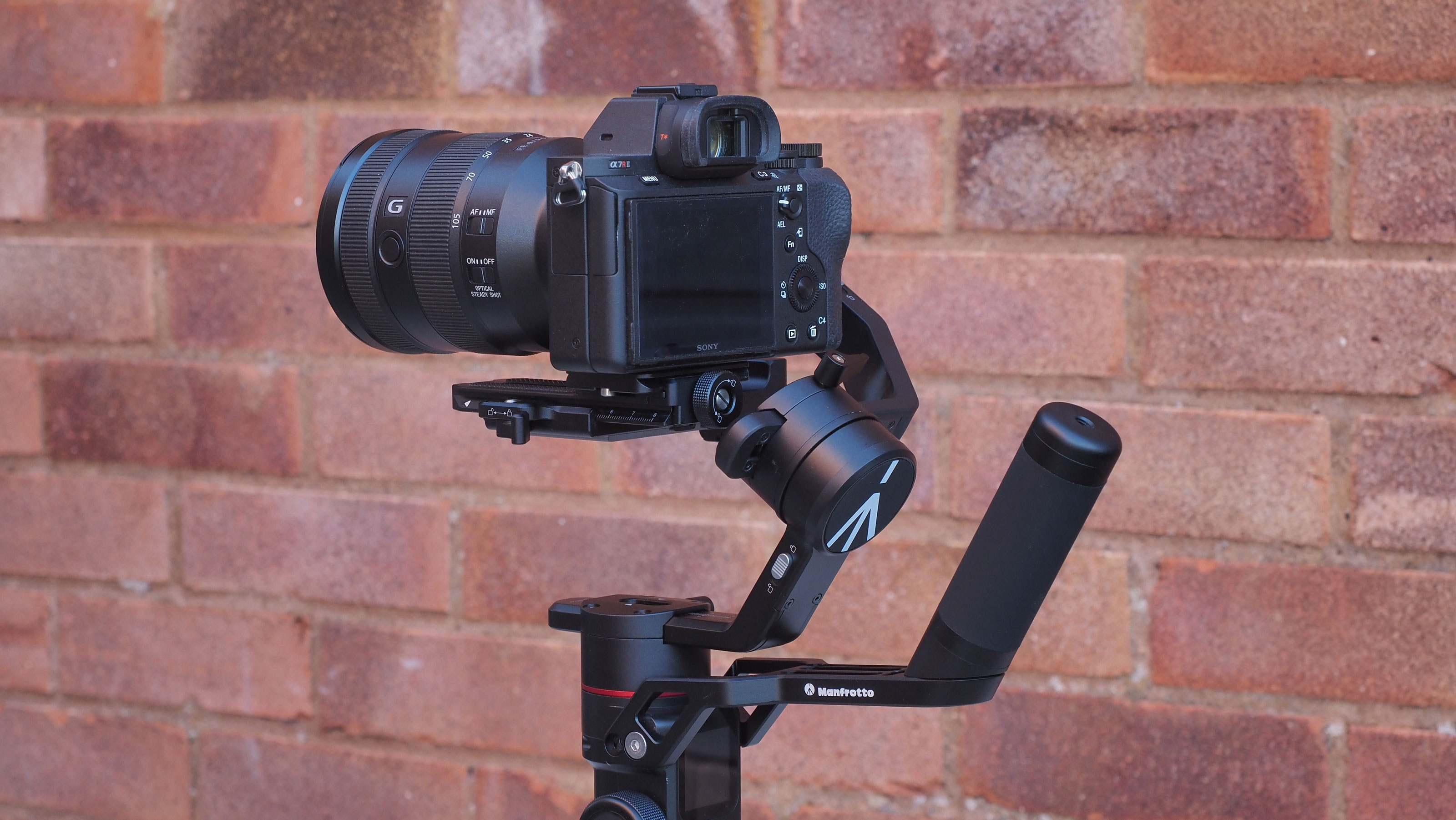
The MVG220’s physical specifications include a 2.2kg payload, battery life of up to 7 hours and a weight of 1.1kg. When you add the gimbal’s weight to its maximum payload, that’s a total of up to 3.3kg, which is a lot to hold with a single handle.
So we think one of this gimbal’s greatest strengths is the inclusion of a second bolt-on handle, which really does make a huge difference to both the stability and comfort with heavier gear and longer shoots. You can get extra handles for other gimbals, of course, but that usually means extra outlay.
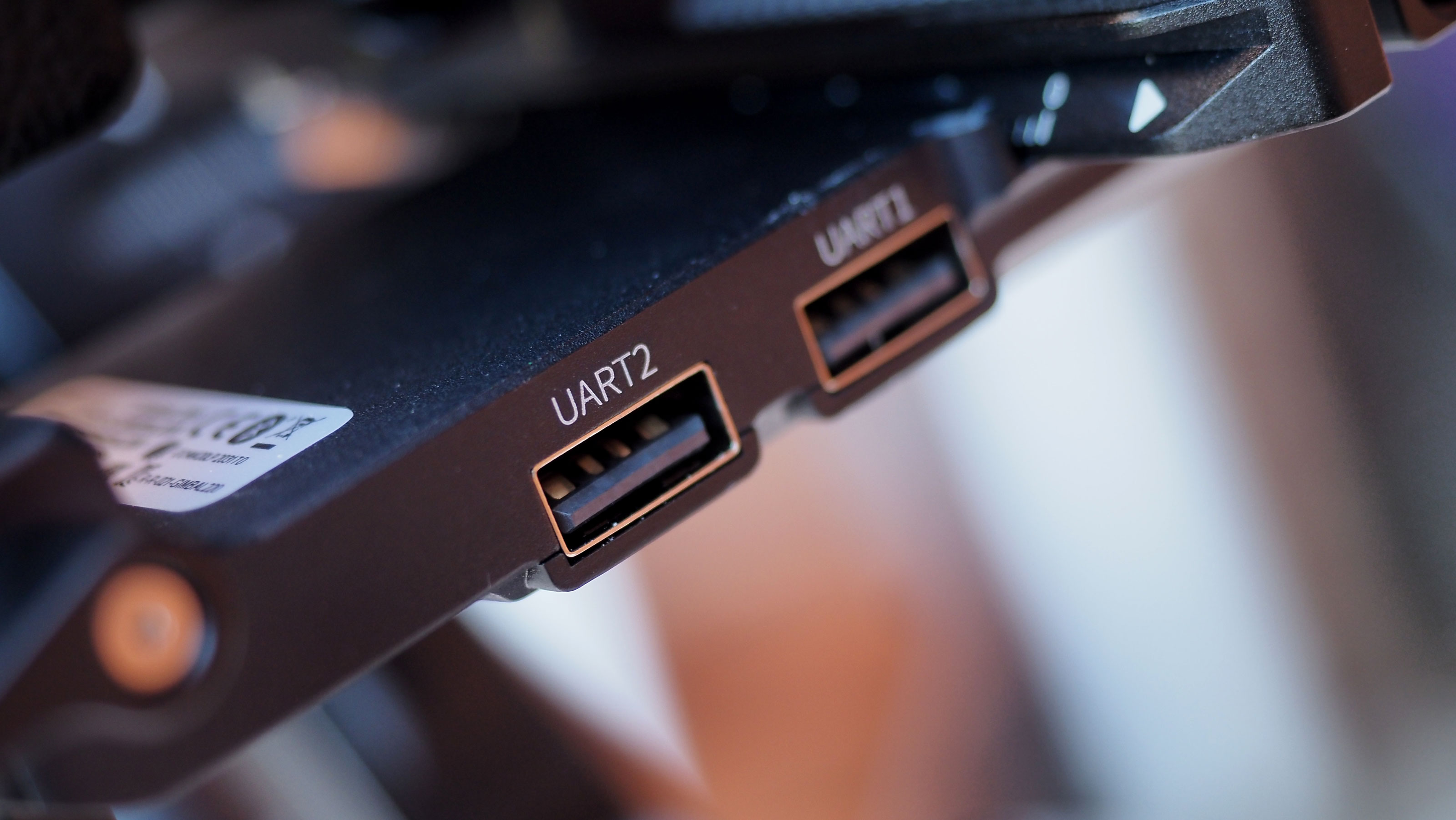
You also get camera control leads for Sony, Canon and Nikon cameras. If you have a camera that the gimbal can’t control, it just means you have to press the Record button on the camera, not the one on the gimbal, and give yourself a couple of seconds’ extra footage at the start and end of your clips.
Like most gimbals, the MVG220 has some party tricks, including TikTok Portrait, Selfie, Inception and Time-lapse modes. We confess we didn’t try them all, but the second handle (yes, back to that) makes the Inception mode a lot more appealing because that requires an awkward stance with extended arms. Without an extra handle, you need forearms like King Kong’s to carry out some of these fancy gimbal moves.
Handling and usability
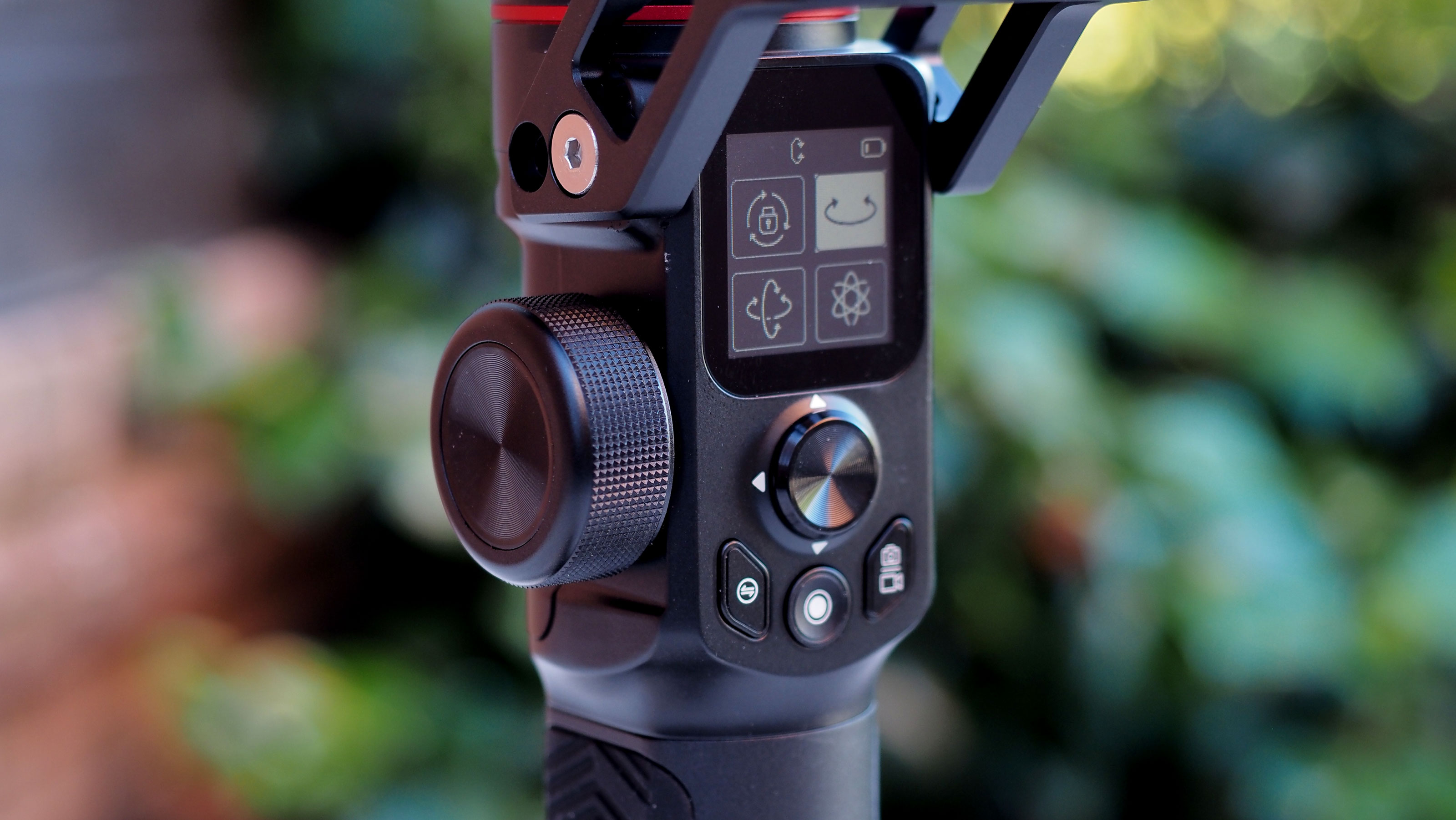
Every gimbal needs balancing for the camera and lens you're using, and the MVG220 has the usual combination of pan, tilt and roll axis adjustments and locking switches to carry this out in a quick and systematic manner.
There’s not a huge amount of finesse, though. The axis locking switches do their job but feel loose and imprecise, and the sliding axis arms don’t all move smoothly – the roll axis bar needs an especially strong set of hand muscles to shift, even when the clamp is fully slackened.
Once set up, though, the MVG220 is great to use. The touchscreen display looks a bit low-res, but it works very well and lets you swap follow modes quickly and simply. The joystick controller goes in an all directions indiscriminately, however, so if you want a controlled pan/tilt movement only, you’re better off swapping to the dedicated mode – or using the multi-function dial at the side.
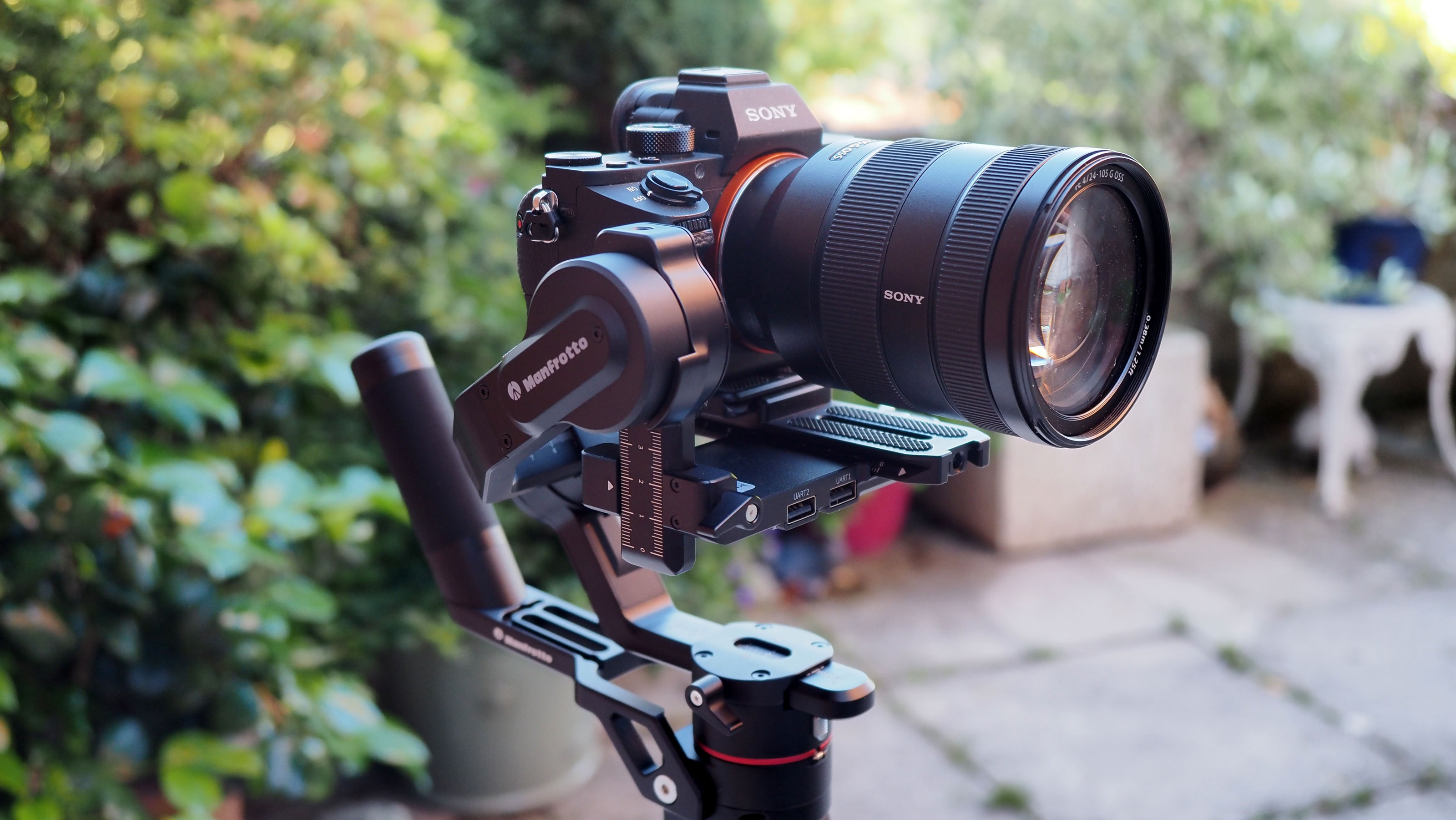
This dial very useful. You can use it for extremely smooth, precise, pan or tilt movements or – if you attach Manfrotto's optional follow-focus attachment, you can use it for manual focusing.
The only real issue was with the charging. However long it was left plugged in for, the final charge lamp in the row of four just kept on flashing. In the universal language of battery chargers, this would normally mean charging was not yet finished. We even requested a second unit to check this behaviour and it was just the same.
Your first reaction to the Manfrotto control app might be, “is this it?” But it does cover the basics, including motor calibration to cope with different payloads and camera/lens combos. What you don’t get, however, is the phone mount and Active Track system offered by DJI gimbals – but that may not be high on your list of priorities.
Verdict
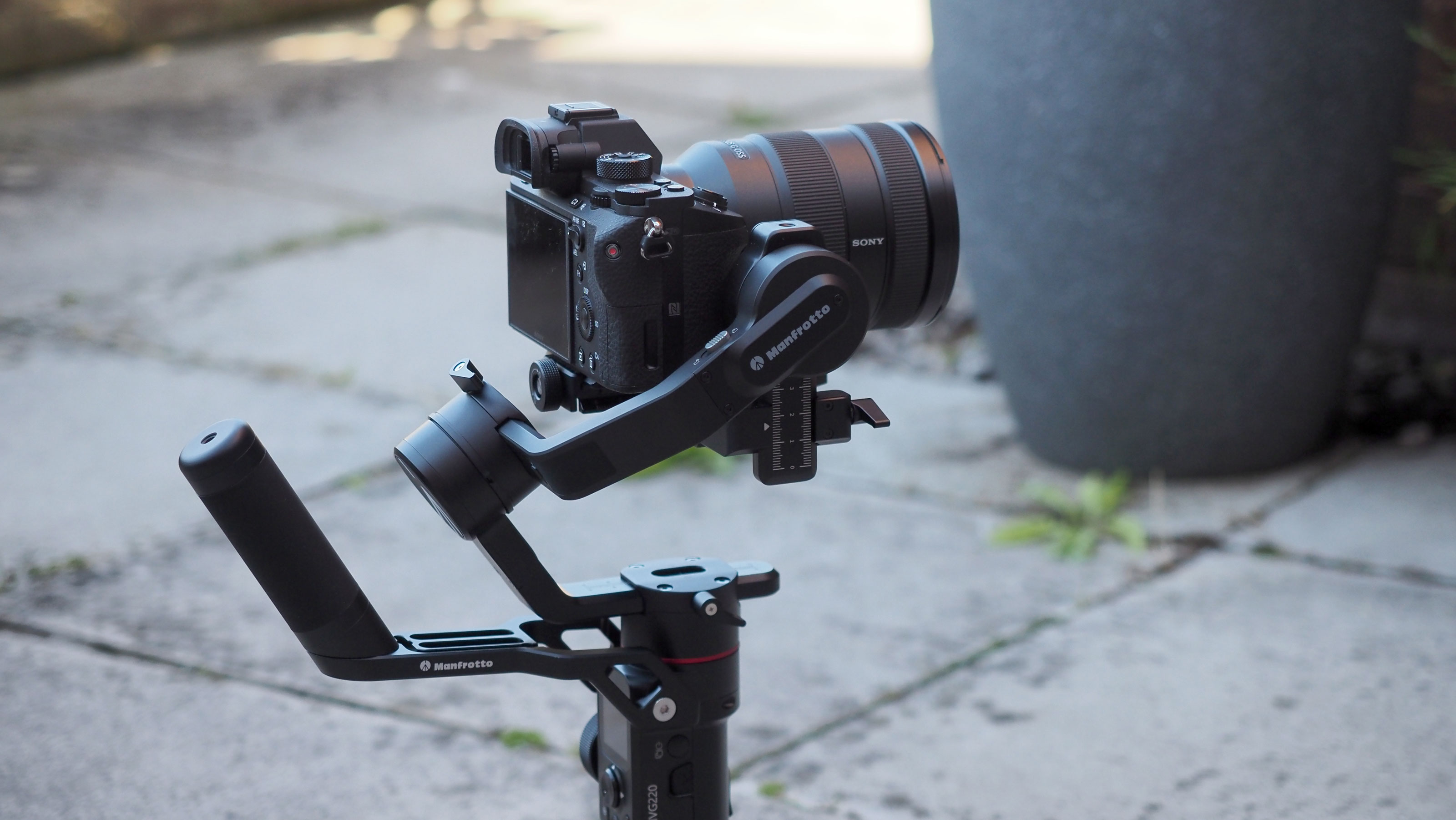
The Manfrotto MVG220 doesn’t have the finesse of a DJI gimbal, say, in its finer details, but it does feel like a strong and effective gimbal once it’s set up. The second handle is a godsend, the motors are strong enough to cope with pretty lazy balancing (though they may run a bit hot), and the wide stance of the mini-tripod base make it feel unusually stable on a table top. Your first impressions might be mixed, but once you've got it set up and working its qualities become apparent.
Read more:
• Best gimbals
• Best video tripods
• Best mini tripods
• Best cameras for filmmaking
• Best vlogging cameras

Rod is an independent photography journalist and editor, and a long-standing Digital Camera World contributor, having previously worked as DCW's Group Reviews editor. Before that he has been technique editor on N-Photo, Head of Testing for the photography division and Camera Channel editor on TechRadar, as well as contributing to many other publications. He has been writing about photography technique, photo editing and digital cameras since they first appeared, and before that began his career writing about film photography. He has used and reviewed practically every interchangeable lens camera launched in the past 20 years, from entry-level DSLRs to medium format cameras, together with lenses, tripods, gimbals, light meters, camera bags and more. Rod has his own camera gear blog at fotovolo.com but also writes about photo-editing applications and techniques at lifeafterphotoshop.com
